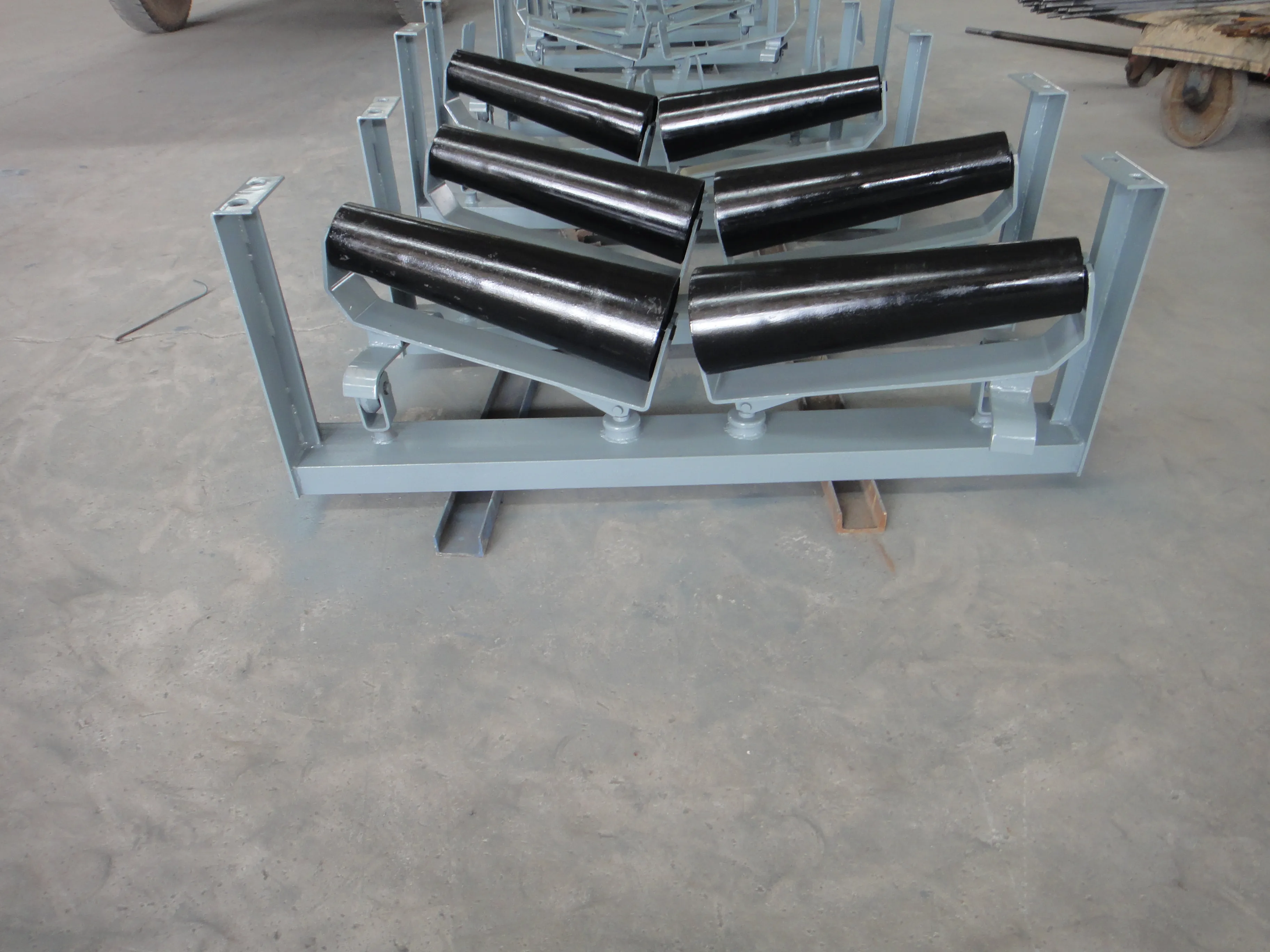 Afrikaans
Afrikaans  Albanian
Albanian  Amharic
Amharic  Arabic
Arabic  Armenian
Armenian  Azerbaijani
Azerbaijani  Basque
Basque  Belarusian
Belarusian  Bengali
Bengali  Bosnian
Bosnian  Bulgarian
Bulgarian  Catalan
Catalan  Cebuano
Cebuano  Corsican
Corsican  Croatian
Croatian  Czech
Czech  Danish
Danish  Dutch
Dutch  English
English  Esperanto
Esperanto  Estonian
Estonian  Finnish
Finnish  French
French  Frisian
Frisian  Galician
Galician  Georgian
Georgian  German
German  Greek
Greek  Gujarati
Gujarati  Haitian Creole
Haitian Creole  hausa
hausa  hawaiian
hawaiian  Hebrew
Hebrew  Hindi
Hindi  Miao
Miao  Hungarian
Hungarian  Icelandic
Icelandic  igbo
igbo  Indonesian
Indonesian  irish
irish  Italian
Italian  Japanese
Japanese  Javanese
Javanese  Kannada
Kannada  kazakh
kazakh  Khmer
Khmer  Rwandese
Rwandese  Korean
Korean  Kurdish
Kurdish  Kyrgyz
Kyrgyz  Lao
Lao  Latin
Latin  Latvian
Latvian  Lithuanian
Lithuanian  Luxembourgish
Luxembourgish  Macedonian
Macedonian  Malgashi
Malgashi  Malay
Malay  Malayalam
Malayalam  Maltese
Maltese  Maori
Maori  Marathi
Marathi  Mongolian
Mongolian  Myanmar
Myanmar  Nepali
Nepali  Norwegian
Norwegian  Norwegian
Norwegian  Occitan
Occitan  Pashto
Pashto  Persian
Persian  Polish
Polish  Portuguese
Portuguese  Punjabi
Punjabi  Romanian
Romanian  Russian
Russian  Samoan
Samoan  Scottish Gaelic
Scottish Gaelic  Serbian
Serbian  Sesotho
Sesotho  Shona
Shona  Sindhi
Sindhi  Sinhala
Sinhala  Slovak
Slovak  Slovenian
Slovenian  Somali
Somali  Spanish
Spanish  Sundanese
Sundanese  Swahili
Swahili  Swedish
Swedish  Tagalog
Tagalog  Tajik
Tajik  Tamil
Tamil  Tatar
Tatar  Telugu
Telugu  Thai
Thai  Turkish
Turkish  Turkmen
Turkmen  Ukrainian
Ukrainian  Urdu
Urdu  Uighur
Uighur  Uzbek
Uzbek  Vietnamese
Vietnamese  Welsh
Welsh  Bantu
Bantu  Yiddish
Yiddish  Yoruba
Yoruba  Zulu
Zulu ceramic lagging pulley
Understanding Ceramic Lagging Pulley Enhancing Efficiency and Longevity in Conveyor Systems
In the world of material handling, reliability and efficiency are paramount. One of the critical components in conveyor systems is the pulley, specifically the lagging pulley. Traditionally, lagging pulleys have been designed with various materials, but in recent years, ceramic lagging has gained prominence due to its numerous advantages. This article delves deeper into ceramic lagging pulleys, exploring their construction, benefits, applications, and maintenance considerations.
What is Ceramic Lagging?
Ceramic lagging refers to the application of ceramic tiles or coatings on the surface of a pulley. These ceramics typically consist of high-density materials that are both durable and wear-resistant. The primary function of lagging is to provide a better grip on the belt, reducing slippage and enhancing the overall efficiency of the conveyor system. Unlike traditional materials like rubber, ceramic offers superior hardness and abrasion resistance, making it ideal for heavy-duty applications.
Benefits of Ceramic Lagging Pulleys
1. Enhanced Durability Ceramic materials are exceptionally resilient and can withstand harsh environmental conditions. They are highly resistant to wear and tear, making them suitable for applications involving abrasive materials.
2. Improved Traction The rough surface of ceramic lagging increases friction between the pulley and the conveyor belt. This enhanced traction minimizes belt slippage, ensuring the smooth and efficient transport of materials.
3. Reduced Maintenance Costs Due to their durability, ceramic lagging pulleys require less frequent replacement compared to traditional rubber lagging. This longevity translates to lower maintenance costs and reduced downtime in production processes.
4. Temperature Resistance Ceramic materials can withstand a wide range of temperatures, making them ideal for industries where extreme heat might be a concern. This characteristic allows ceramic lagging to perform effectively in various environments.
5. Chemical Resistance Many ceramic materials are resistant to various chemicals, ensuring that the lagging can handle environments that may include corrosive substances without degrading.
Applications of Ceramic Lagging Pulleys
Ceramic lagging pulleys find applications across numerous industries due to their robust features
. Some of the primary sectors utilizing ceramic lagging includeceramic lagging pulley

- Mining In this industry, massive amounts of abrasive materials are transported over long distances. The durability and high traction of ceramic lagging pulleys help maintain system efficiency in such demanding environments.
- Quarrying Similar to mining, quarrying operations often involve the movement of heavy and abrasive materials. Ceramic lagging ensures the pulleys can handle these materials without significant wear.
- Cement Production The cement industry often deals with fine particles that can be abrasive to conventional pulley materials. Ceramic lagging provides the necessary durability for these applications.
- Bulk Material Handling Any operation involving the transport of bulk materials, such as agricultural products or waste processing, can benefit from the efficiency of ceramic lagging pulleys.
Maintenance Considerations
While ceramic lagging pulleys are designed for longevity, regular maintenance is essential to ensure their optimal performance. Here are some key maintenance practices
1. Regular Inspection Periodically inspecting the lagging for signs of wear, cracks, or debris accumulation is vital. Early detection of potential issues can prevent more significant problems down the line.
2. Cleanliness Keeping the pulley and surrounding areas clean helps to maintain traction and prevents material build-up that could lead to slippage.
3. Alignment Checks Ensuring that the pulley is correctly aligned with the conveyor belt can prevent uneven wear and enhance the lifespan of both the pulley and the belt.
Conclusion
Ceramic lagging pulleys represent a significant advancement in conveyor technology. By combining durability, efficiency, and reduced maintenance needs, they provide a reliable solution for industries that rely on material handling systems. As industries continue to evolve and demand greater efficiency, ceramic lagging will undoubtedly play a crucial role in meeting these challenges head-on. Whether in mining, quarrying, or bulk material handling, the advantages of ceramic lagging pulleys are clear, making them a preferred choice in modern conveyance systems.
-
Revolutionizing Conveyor Reliability with Advanced Rubber Lagging PulleysNewsJul.22,2025
-
Powering Precision and Durability with Expert Manufacturers of Conveyor ComponentsNewsJul.22,2025
-
Optimizing Conveyor Systems with Advanced Conveyor AccessoriesNewsJul.22,2025
-
Maximize Conveyor Efficiency with Quality Conveyor Idler PulleysNewsJul.22,2025
-
Future-Proof Your Conveyor System with High-Performance Polyurethane RollerNewsJul.22,2025
-
Driving Efficiency Forward with Quality Idlers and RollersNewsJul.22,2025





























